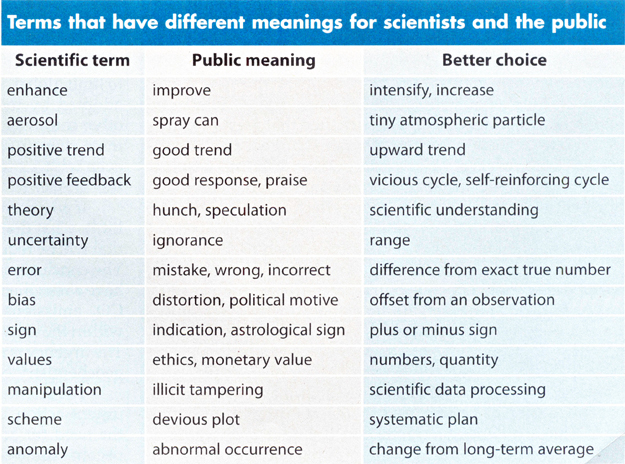Very interesting read about the dangers of modern wheat, which doesn’t have much in common with the one our parents/grand-parents ate and why our generations are fatter and sick with auto-immune diseases such as Celiac or Crohn’s or even rheumatoid arthritis among other niceties.
Quick: Name a common food, consumed every day by most people, that:• Increases overall calorie consumption by 400 calories per day • Affects the human brain in much the same way as morphine • Has a greater impact on blood sugar levels than a candy bar • Is consumed at the rate of 133 pounds per person per year • Has been associated with increased Type 1 Diabetes • Increases both insulin resistance and leptin resistance, conditions that lead to obesity • Is the only common food with its own mortality rateIf you guessed sugar or high-fructose corn syrup, youre on the right track, but, no, thats not the correct answer.The true culprit: Triticum aestivum, or modern wheat.
via Triticum Fever, by Dr. William Davis, author of Wheat Belly – Boing Boing.






